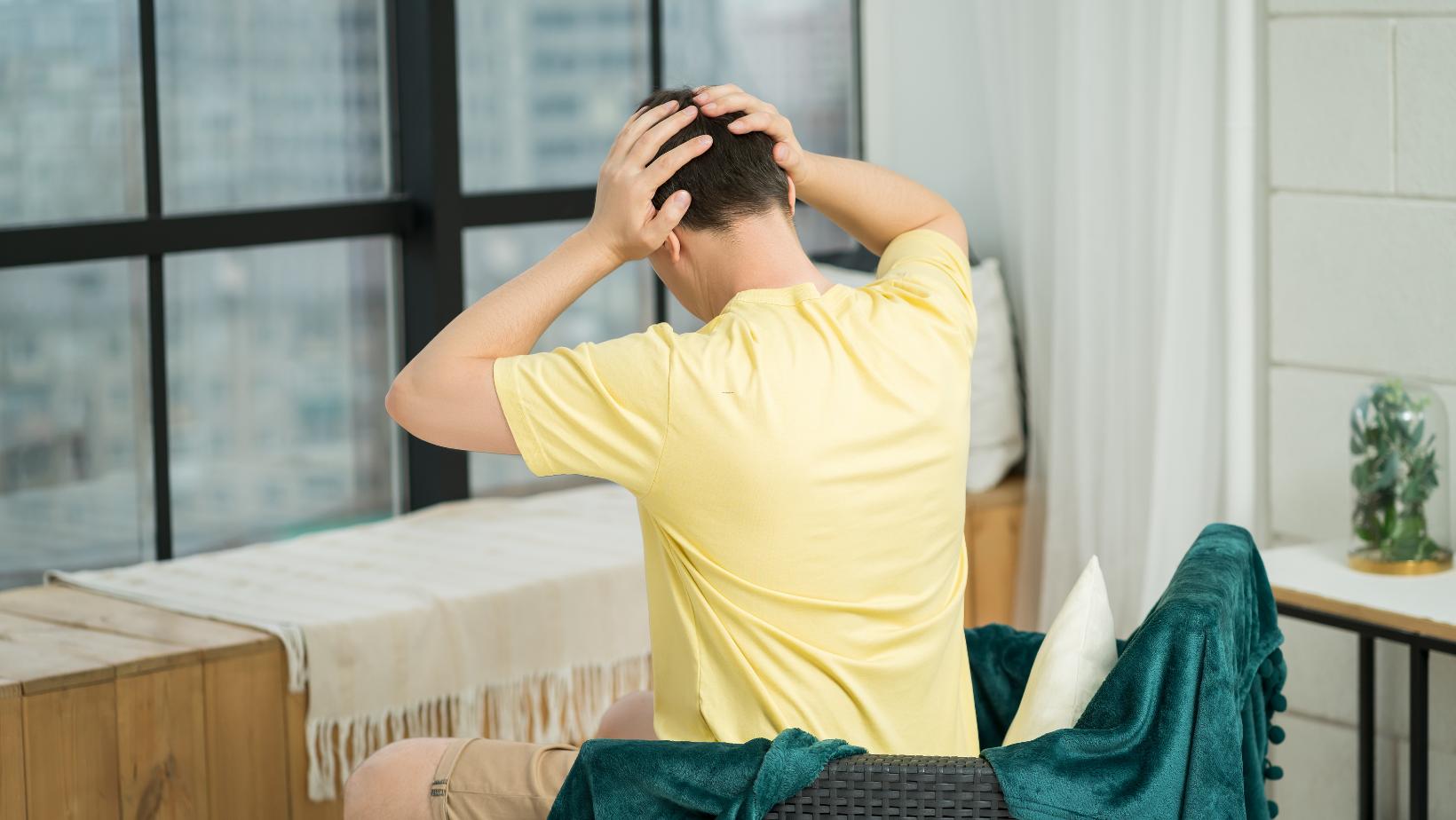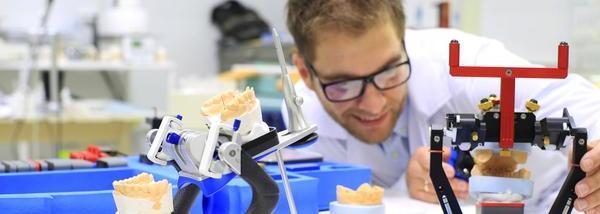Migraines can be debilitating, turning an otherwise normal day into an overwhelming struggle. If you’ve ever suffered from one, you know how crucial it is to find quick and effective relief. One of the most common and accessible methods to alleviate migraine pain is temperature therapy—but should you use heat or ice? The answer depends on the type of migraine you have and how your body responds. Understanding when to apply heat versus ice could be the key to reducing the duration and intensity of your migraines.

1. Ice Therapy: Reducing Inflammation and Numbing Pain
Cold therapy, also known as cryotherapy, is a popular option for migraine relief. Ice packs help constrict blood vessels, reduce inflammation, and numb pain receptors, making them particularly effective for migraines caused by vascular dilation.
Placing an ice pack on your forehead, temples, or the back of your neck can provide immediate relief. Research suggests that cooling the head reduces blood flow to overactive areas of the brain, which may help ease the throbbing pain associated with migraines. The American Migraine Foundation notes that ice therapy is particularly useful in the early stages of an attack to prevent it from worsening (American Migraine Foundation, 2021).
For best results, wrap an ice pack in a thin towel and apply it to the affected area for 15-20 minutes at a time. Avoid direct contact with the skin to prevent frostbite. If you don’t have an ice pack, a bag of frozen vegetables or a cold, damp towel can work as a substitute.
2. Heat Therapy: Relaxing Muscles and Increasing Blood Flow
Heat therapy is another effective way to manage migraine symptoms, particularly for tension-related headaches. Unlike ice, which constricts blood vessels, heat works by increasing circulation and relaxing tight muscles that may be contributing to your migraine.
Applying heat to the neck, shoulders, or base of the skull can help relieve tension that triggers migraines. Studies suggest that heat therapy is beneficial for individuals who experience stress-related migraines or those caused by tight neck and shoulder muscles (Cleveland Clinic, 2022). Heat can also promote relaxation, which is essential for preventing migraine attacks.
Use a warm compress, heating pad, or even a warm shower to soothe tense muscles. Be careful not to overheat, as excessive heat can lead to dehydration, which might trigger further headaches.
Advertisement
3. Combination Therapy: The Best of Both Worlds
Sometimes, the best approach is a combination of heat and ice therapy. Alternating between heat and ice can provide a balance of vasodilation and vasoconstriction, helping regulate blood flow and muscle tension simultaneously.
For example, you can apply ice to your temples to reduce inflammation while using a heating pad on your neck to relieve muscle stiffness. This method works well for people who suffer from mixed migraine types, where both tension and vascular factors are involved. According to headache specialists, this strategy can enhance overall migraine relief by addressing multiple causes at once (Mayo Clinic, 2023).
Try using heat for 15 minutes followed by cold for another 15 minutes, repeating the cycle as needed. Listen to your body and adjust based on what feels best for your specific migraine symptoms.
4. Understanding Your Migraine Type for the Right Treatment
Not all migraines are the same, and the effectiveness of heat or ice largely depends on the underlying cause of your headache. Knowing which type of migraine you experience can help you determine whether heat, ice, or a combination of both is the best option.
- Vascular Migraines: These are caused by excessive blood flow and dilation of blood vessels in the brain. Cold therapy is typically more effective because it constricts the vessels and reduces inflammation.
- Tension Migraines: These stem from tight muscles and stress. Heat therapy works best by increasing blood flow and relaxing the muscles.
- Sinus Migraines: Sinus pressure and congestion can lead to headaches. A warm compress on the sinuses can help open nasal passages, while cold therapy can reduce inflammation and discomfort.
- Menstrual Migraines: Hormonal changes can trigger migraines, and a combination of heat (for muscle relaxation) and ice (for inflammation reduction) may provide relief.
Understanding your migraine type and its triggers can help you apply the most effective treatment for faster relief.
Advertisement
5. Other Lifestyle Factors to Enhance Migraine Management
While heat and ice therapy can provide immediate relief, long-term migraine management requires a holistic approach. Implementing healthy lifestyle habits can help reduce the frequency and severity of migraines.
- Stay Hydrated: Dehydration is a common migraine trigger. Drinking enough water throughout the day can prevent headaches from occurring.
- Manage Stress: Incorporate relaxation techniques such as meditation, deep breathing, or yoga to lower stress levels.
- Maintain a Regular Sleep Schedule: Irregular sleep patterns can contribute to migraines. Aim for 7-9 hours of quality sleep each night.
- Watch Your Diet: Certain foods, such as caffeine, processed meats, and artificial sweeteners, can trigger migraines. Keeping a food diary can help identify personal triggers.
- Exercise Regularly: Moderate physical activity can help regulate blood flow and reduce stress, both of which play a role in migraine prevention.
Final Thoughts
When it comes to migraine relief, choosing between heat or ice can make a significant difference in how quickly you recover. Ice therapy is best for reducing inflammation and numbing pain, while heat therapy is ideal for relaxing tense muscles and improving circulation. In some cases, alternating between the two can provide even greater relief.
The key to effective migraine management is understanding your specific triggers and how your body responds to different treatments. Pairing heat or ice therapy with healthy lifestyle habits can help minimize migraine frequency and intensity over time. The next time you feel a migraine coming on, reach for the right temperature treatment and take control of your pain before it takes control of you.
References
- American Migraine Foundation. “Cold Therapy for Migraine Relief.” 2021. https://americanmigrainefoundation.org
- Cleveland Clinic. “Heat Therapy for Headaches and Migraines: When to Use It.” 2022. https://my.clevelandclinic.org
- Mayo Clinic. “Tension-Type Headaches and Treatment Options.” 2023. https://www.mayoclinic.org
- National Headache Foundation. “Understanding Migraine Triggers and Effective Treatments.” 2022. https://headaches.org


